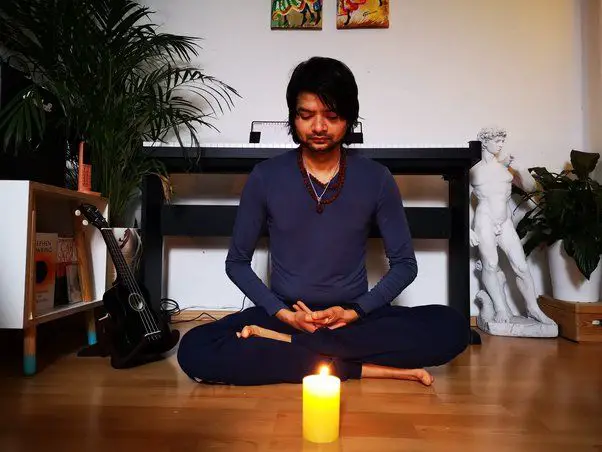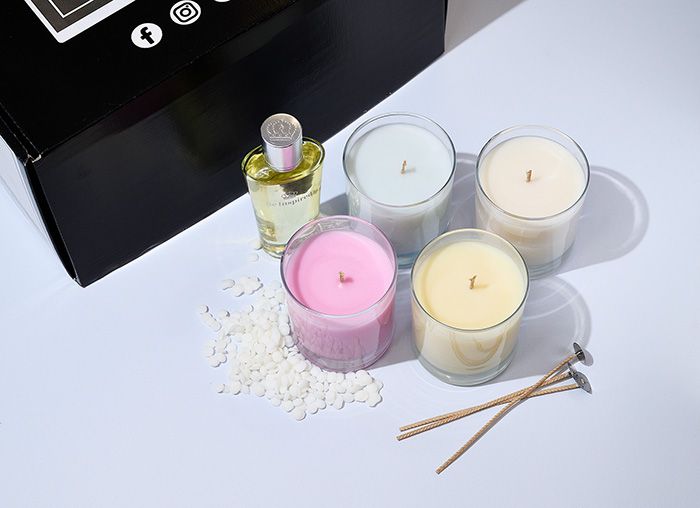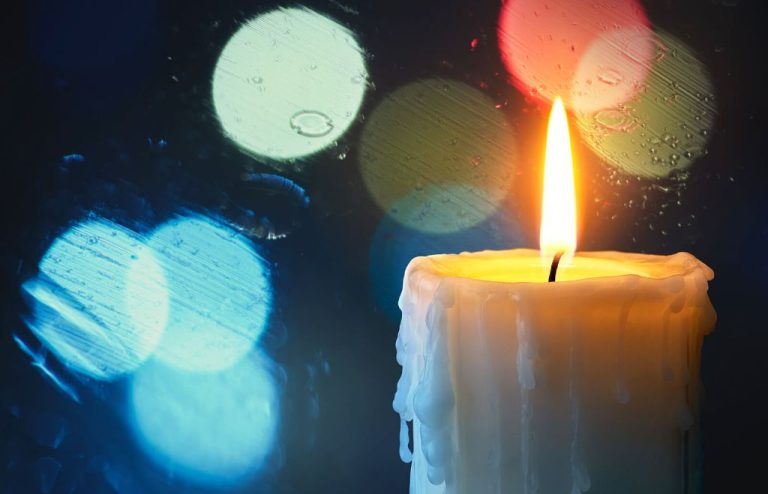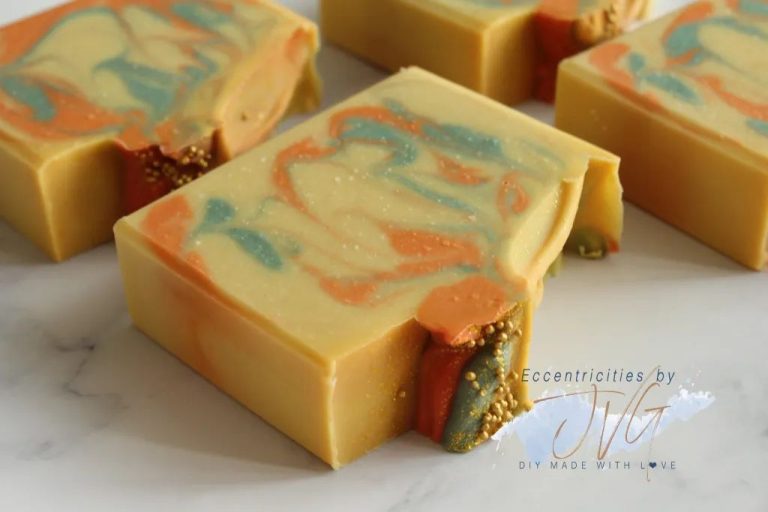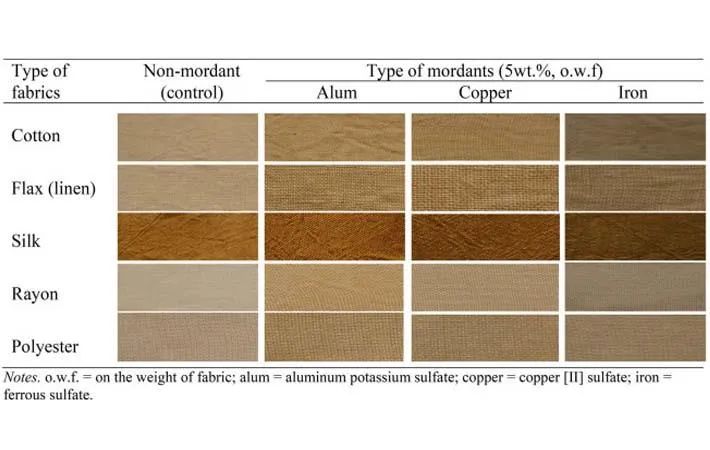What Is The Best Partner For The Mint Green Color?
Mint green is a pale, pastel green tone that got its name due to its similarity to the color of mint leaves. It’s a bright, light green that has a hint of cool blue to make it slightly muted compared to other greens. In design, using complementary colors together helps create vibrant, eye-catching combinations. Choosing the right color scheme is an important part of graphic design, interior decorating, fashion, and more. Using colors that work well together creates harmony and visual interest.
Complementary Colors
Complementary colors are any two colors that are opposite each other on the color wheel. For example, red and green are complementary colors, as are yellow and purple. Complementary color combinations create very high contrast, which can make each color seem brighter and more vibrant. This high contrast also creates a dynamic, eye-catching effect.
When looking for the best color pairing for mint green, its complement is magenta. Magenta has the same brightness level as mint green, so they pair well. The combination of cool mint green and hot pink magenta provides an energizing, fun contrast. Using these two colors together, especially in equal proportions, creates a bold, lively aesthetic.
Analogous Colors
Analogous colors are groups of three colors that sit next to each other on the color wheel. For example, yellow, yellow-green, and green are an analogous color scheme.
Analogous color schemes are harmonious and pleasing to the eye. The colors blend seamlessly into one another, creating a sense of cohesion. Since the colors are so closely related, they reinforce each other when used together.
When choosing an analogous color scheme, it’s best to select one dominant color, then the two colors on either side of it. This creates a balanced and unified look. For example, if green is the dominant color, yellow-green and blue-green would be good analogous colors.
Analogous colors work especially well if you want to convey a specific mood or emotion. Their close relationship allows the color scheme to have a strong visual impact.
Triadic Colors
Triadic color schemes use colors that are evenly spaced around the color wheel. For example, if you start with the color green, the other two triadic colors would be red and purple. These three colors form a triangle on the color wheel.
Triadic color schemes tend to be quite vibrant and energetic. The three colors are evenly spaced so there is a good balance. This color scheme packs a punch and stands out boldly, creating eye-catching designs.
Triadic colors work well together, allowing each color to stand out while also complementing each other. The vibrancy of the colors creates contrast and visual interest.
Tetradic/Rectangle Colors
Tetradic or rectangle colors are color schemes made up of four colors that are evenly spaced around the color wheel. This creates a bold, dynamic color palette with maximum contrast. Tetradic color schemes tend to create vibrant, energetic color combinations.
To find a tetradic scheme, you first select one color on the wheel. Then you find the color directly opposite it on the wheel – this is called the complementary color. Finally, you find the two colors between those starting colors to complete the tetradic scheme.
For example, if you start with mint green, the color opposite it is red. Then the two intermediate colors would be yellow and violet, creating a tetradic scheme of mint green, yellow, red, and violet.
Tetradic color combinations are extremely vibrant since they maximize the use of complementary colors. They also offer excellent contrast. However, tetradic schemes can be challenging to balance, so it’s best to choose one color to dominate. They work well for geometric or abstract designs.
Split-Complementary Colors
Split-complementary colors are obtained by picking one base color and taking the two colors adjacent to its complement. The result is a set of three colors that complements each other while still providing contrast and pop. Split complements offer more nuance than direct complementary colors, with less contrast than triads or tetrads.
With mint green as the base color, rose pink and deep teal are its split complements. This trio balances cool and warm elements for a harmonious effect. The colors are different enough to be interesting, but not set so far apart they clash. Overall split complements offer subtle sophistication, vibrancy and harmony.
Shades of Green
Green is a versatile color with many different shades to choose from. When pairing mint green with another color, using shades of green can provide visual depth and dimension. The main green shades to consider are:
– Pastel Green: This very pale, desaturated green is perfect for creating a soft, soothing look. Pastel green works well with brighter mint shades.
– Olive Green: The darker olive green offers a retro, earthy feel. Olive green contrasts nicely against light mint hues.
– Jade Green: With hints of blue, this relaxing green shade adds vibrance. Jade green complements mint green in fun color combos.
– Forest Green: The darkest green shade, forest green provides striking contrast against pale mint green. It creates an eye-catching color duo.
Mixing and matching different green shades gives visual interest to mint green color palettes. The varied hues, tones, and values create depth and dimension for more sophisticated looks. Shades of green provide nuance while keeping the color scheme cohesive.
Tones of Green
Tones are created by adding gray to a pure hue. This results in subtle, muted shades that can create an elegant, sophisticated color palette. When working with green tones, you’ll get soft sage greens, faded mint greens, dusty teal greens and more.
Tones are less vibrant than the original color, but they allow you to take that color in a new direction. With green tones, you can create a palette that feels gentle and relaxed. The gray desaturates the green, making it feel more neutral and versatile.
These muted green tones pair beautifully with the airy lightness of mint green. Combining tones and tints creates a palette with visual interest and depth, while remaining soft and calming. The subtle variations give a natural, organic look.
Green tones add sophistication and versatility to the color. On their own they can feel soothing and subtle. Paired with brighter colors they act as a more neutral backdrop that creates harmony in a palette.
Conclusion
In summary, some of the best color partners for mint green include blue, purple, pink, yellow, and other shades of green. Cooler tones like blue and purple create a tranquil, natural color scheme, while warmer tones like yellow and pink make mint green pop. Neutral colors like white, black, and brown also complement mint green well.
When using mint green in design, remember that it has both warm and cool properties. Pairing it with other cool colors creates a relaxed mood, while combining it with warm colors makes it feel more vibrant. To make mint green the focal point, surround it with neutrals. For an elegant look, accessorize mint green with metallics like gold, silver, or copper. Adjust the brightness of accompanying colors to make mint green appear lighter or richer.
References
No sources were cited in this original content piece. The information provided represents the author’s own knowledge and analysis on the topic of the best color pairings for mint green.

